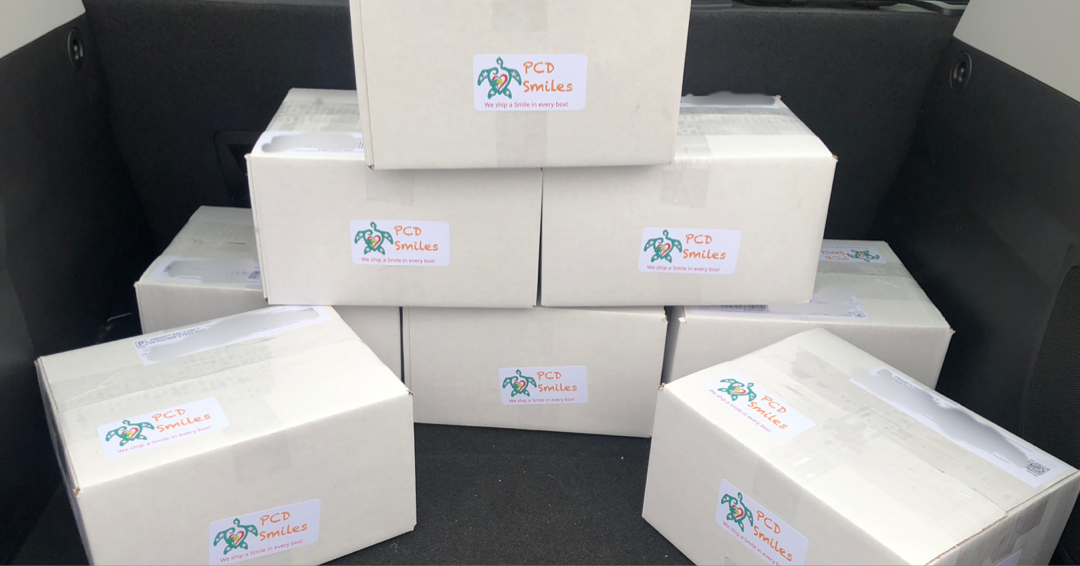The human body has a natural filter for dust, bacteria, and debris. That filter consists of mucus and cilia, which protect human tissue and makes sure that dust, bacteria, and debris do not reach certain tissues or organs of the human body. The cilia in the respiratory system traps the larger pieces of the dust, bacteria, and debris and moves those pieces out of the respiratory system via cough or sneezing. The smaller pieces of the dust, bacteria, and debris is trapped in the mucus; the cilia then help to transport the debris filled mucus out of the respiratory system via cough or sneezing. Mucus production in the respiratory system is completely normal. Our respiratory system can not function without mucus. Mucus also helps to keep the respiratory tissue moist and in proper working order. Mucus often changes in color, viscosity, and volume due to a number of reasons including bacterial infections, viral infections, types of trapped debris, and even because of inflammation. It is theorized that the human body naturally produces between ten and one hundred milliliters of mucus a day. Mucus that is expelled from the respiratory system is oftentimes referred to as sputum.
Sputum can give important information about the status of a patient’s health. People do not often notice the everyday natural sputum. It is only when sputum is overproduced or hyper-secreted, when their respiratory system is irritated or inflamed, or when their sputum has changed in color and viscosity that a person is bothered by their mucus. Hyper-secretions happen during the body’s normal immune system process and is a good sign that tells you that your immune system is working. Changes in color and viscosity also give us a clue that the body’s normal immune responses are working. From a viscosity stand point thick mucus can be laden with dust and debris as well as bacteria, so it is not always an indication of a contagious illness in the patient. Whereas thin, slippery mucus is laden with viruses; and is often your most contagious mucus from the respiratory system.
Color changes in mucus are what tend to bother people, not always the patient though, the most about mucus. Mainly due to the myth that green or yellow mucus is always contagious. No one is really sure how the myth got started. But that myth permeates the medical field to this very day, and is constantly passed around; even in medical books that medical students study from. The color of mucus/sputum can range from clear to black. Mucus that is clear, white, grey, frothy, and or any combination of those and that is overly abundant in volume typically happens at the beginning of a viral infection and is the most contagious of the colors of mucus. Red and black mucus, which can be frothy and prevalent or not, indicates the presence of blood. Blood in the mucus can happen at the beginning of a bacterial infection, indicating an infection is brewing. But bloody mucus can also be signs of a serious infection like NTM (nontuberculosis mycobacterium), PA (pseudomonas), TB (tuberculosis), and even cancer. Typically expelling streaks of blood or expelling less than 4 tablespoons of blood in a single day can be handled at your next appointment. Or you can even ring your physician’s office to inform them of the change in your mucus which contains blood. However expelling more than a cup full of blood, in a single day, in your mucus requires immediate medical intervention; so ring 911, don’t wait. Green and yellow mucus are typically bacterial infections and a natural part of the immune system’s inflammation response; the mucus is typically not contagious at this point. This is because of the body’s immune process; the presence of white blood cells, the presence of cell debris, and the very low viral load present in the mucus at this point. Green and yellow mucus is usually not an indication that bacteria have taken over, however it does signal the infection is bacterial and needs antibiotics. A strong indicator that stronger antibiotics maybe necessary to clear a bacterial infection is how dark the green mucus is.
Mucus secretion and mucus clearance are extremely important in maintaining a healthy respiratory system. In PCD where airway clearance is already hindered by non-working or partially-working cilia the other half of the body’s natural defense against dust, bacteria, and debris, mucus is also compromised. The body’s natural response to clear out stuck mucus is to secret even more mucus. That leads to a constant cycle of hyper-secretion of mucus which becomes stuck, so the body make even more mucus in its attempt to clear the already stuck mucus. This leads to mucus becoming thick and sticky. That stuck mucus hangs out in the respiratory system for extraordinarily long periods of time. That extra time lows trapped dust, bacteria, and debris to become infections. Bacteria and organisms that are usually harmless to people, because their systems can clear those bacteria and organism, can become trapped so long in a PCD patient’s respiratory system that those bacteria and organisms take up residence and cause illness in the PCD patient. These infections can become chronic, lead to overall decline in respiratory function, and eventually lead to respiratory failure.
Be sure to visit us next week for another Topic Thursday!
Join our Facebook group Turtle Talk Café today, click here.
We have several ways that you can donate to PCD Smiles;
- Visit Smile E. Turtle's Amazon Wishlist
- For more information on how you can donate, please visit our "Donation" page to check out our "Do & Don't policies.
- Or sponsor a PCD Smiles cheer package today!
- To shop for your “Official” turtle care ribbon gear today, visit PCD Style or Smile E. Cove
Thank you for your consideration!














